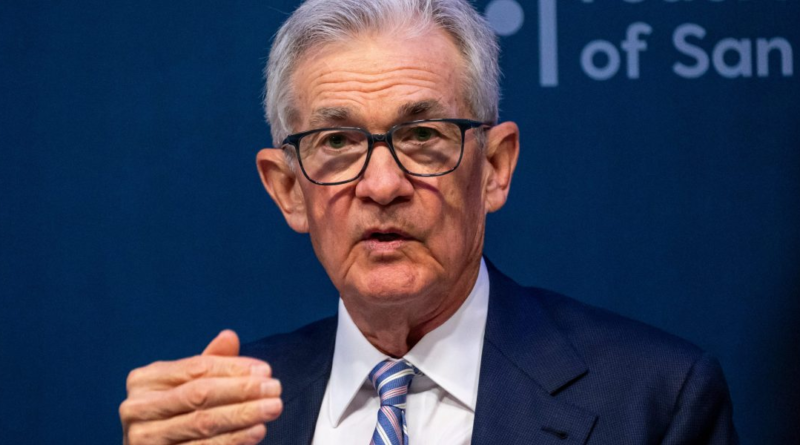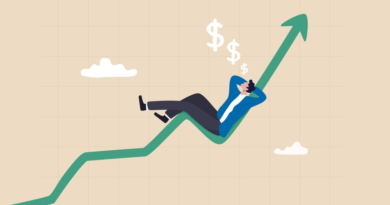Mortgage rates surpass 7% for the first time this year
Mortgage rates are on the up and up. The 30-year fixed-rate mortgage surged past 7% for the first time this year, Freddie Mac said alongside its weekly reading yesterday. Mortgage rates rose from 6.88% to 7.10% this week. Daily mortgage rates are higher, and as of the latest reading, the average 30-year fixed rate is 7.44%.
For some time, mortgage rates were falling because inflation was falling. But that’s changed, after multiple hotter-than-expected consumer price index reports, and the market that was once pricing in three interest rate cuts this year seems to be adjusting to a new reality.
“As the latest CPI data exceeded recent forecasts, it escalated the importance of waiting for clearer signals of easing inflation before making any rate cut,” Realtor.com economist Jiayi Xu wrote yesterday following the news, adding later, “We will continue to live in a prolonged period of high rates and face expensive borrowing costs, including high mortgage rates, which exceeded 7% for the first time this year.”
Earlier this week at a policy forum, Federal Reserve Chair Jerome Powell seemed to put an end to dreams of cuts; he said, “right now, given the strength of the labor market and progress on inflation so far, it’s appropriate to allow restrictive policy further time to work.” Powell said he’d keep interest rates where they are for as long as needed.
“It seems increasingly likely that mortgage rates are not going to come down anytime soon,” Bright MLS chief economist Lisa Sturtevant said in a statement. “We are likely to see rates close to 7% throughout the spring, and in the mid-to-high-6s into the summer.”
Here’s the thing, if you own your home outright, high mortgage rates don’t really matter. If you’re a baby boomer, or from an earlier generation, 7% mortgage rates probably don’t seem too bad either. After all, they were 18% in 1981. But in this housing cycle, mortgage rates rose to 7% after years of historically low rates—during the pandemic, for a period of time, mortgage rates were below 3%. Separately, home prices have skyrocketed, rising more than 50% since the start of the pandemic. Nevertheless, consider the difference between a 3% rate, or even a 5% rate (such as those just two years ago), and one that’s 7%.
If you’re buying a $600,000 home, assuming you put 20% down, a $480,000 loan with a 3% mortgage rate would mean a $2,024 monthly payment; same circumstances but with a 5% mortgage rate would equal a $2,577 monthly payment; and with a 7% rate, it’d be $3,193.
And that difference is why people stopped selling their homes, and others stopped buying. Last year, existing home sales fell to an almost three-decade low because of the lock-in effect. The latest available data shows existing home sales fell on a monthly and annual basis in March, too. “Home sales are stuck because interest rates have not made any major moves,” NAR’s chief economist Lawrence Yun said in a statement accompanying the release. So it seems that’ll only continue to occur.
A recent sellers survey from Realtor.com found almost 80% of potential sellers already feel locked in to their home because they don’t want to relinquish their low mortgage rate. “Though the share of ‘locked-in’ owners is three percentage points lower than last year, today’s mortgage rates are taking a toll on seller sentiment,” Realtor.com’s senior economic research analyst Hannah Jones wrote. It seems that will only continue as long as mortgage rates stay high.




